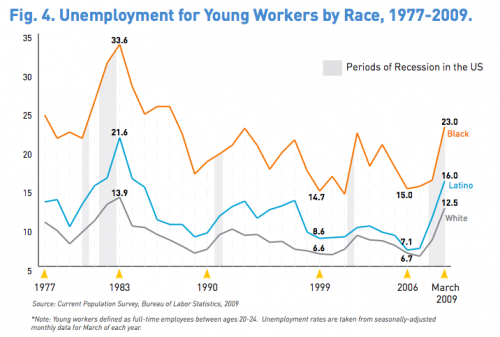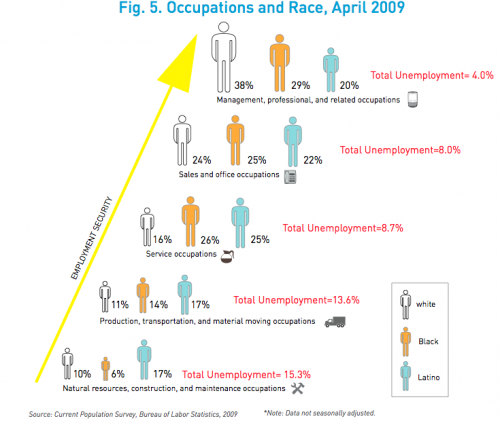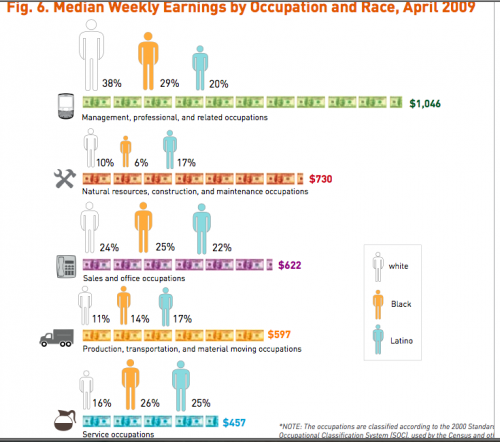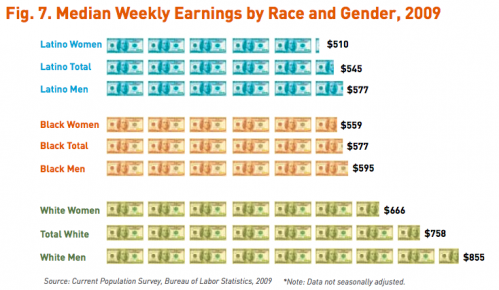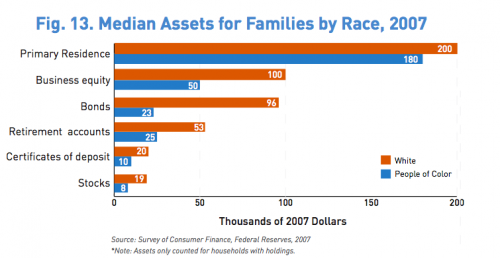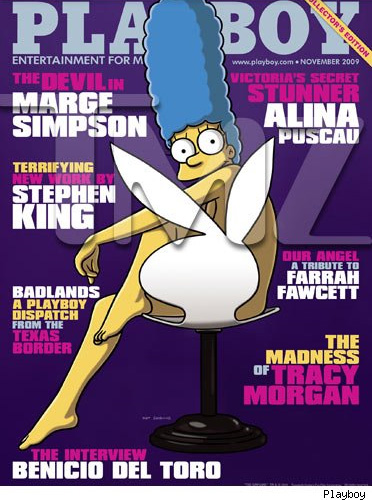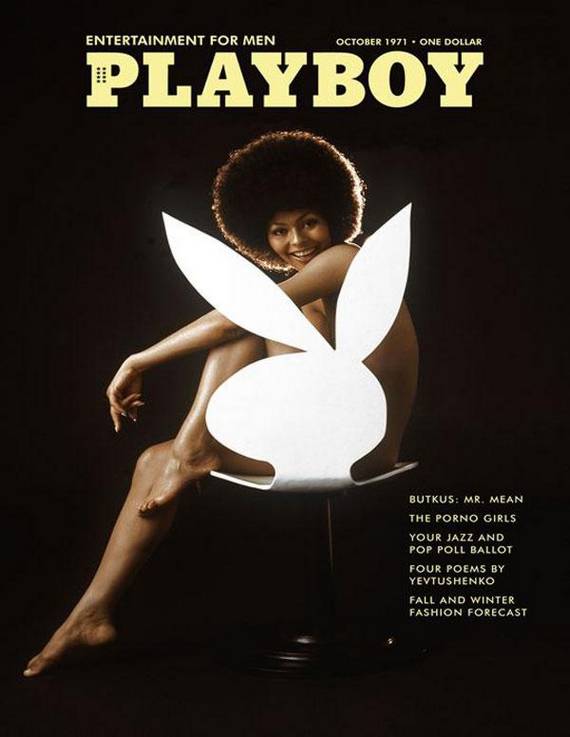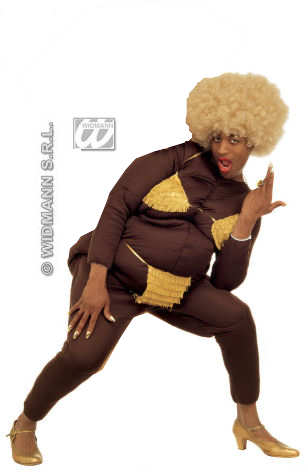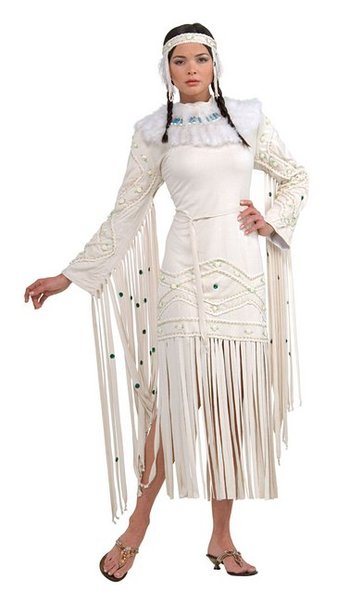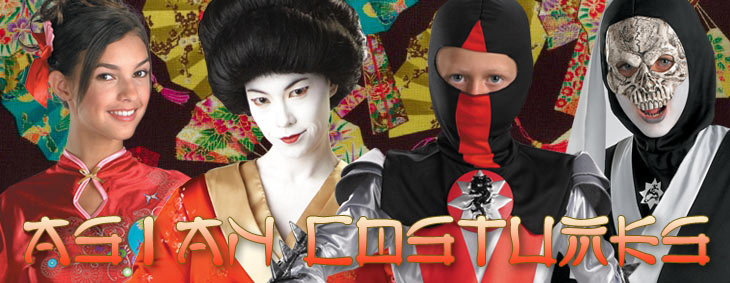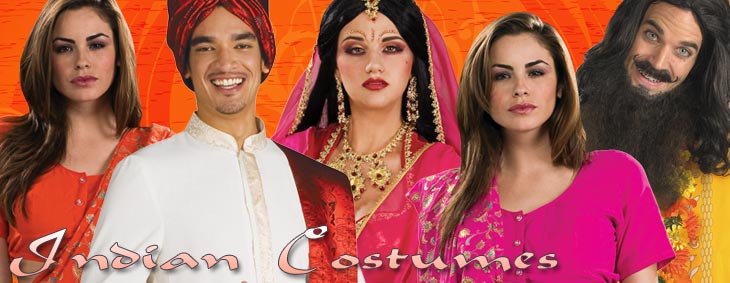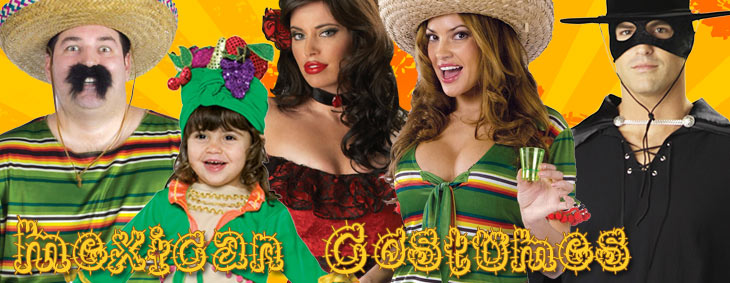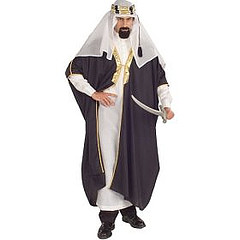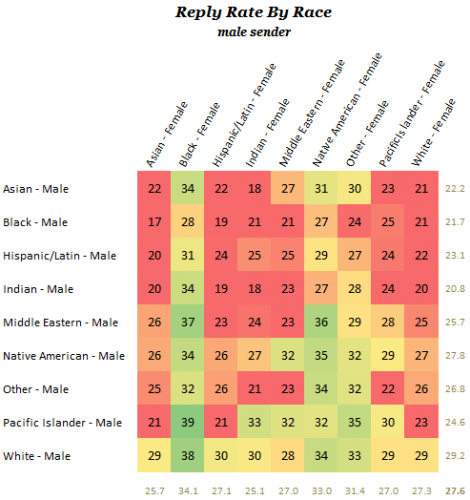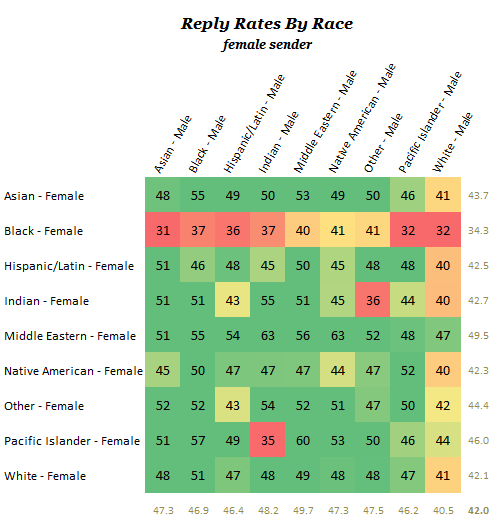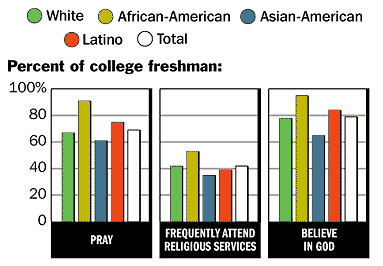The Economic Policy Institute defines a “good” job as “one that pays at least 60% of the median household income and also provides health care and retirement benefits.” Based on that definition, here is a breakdown of men holding good jobs in 1979 and 2008, broken down by race/ethnicity (with Native Americans and Asians unfortunately absent):
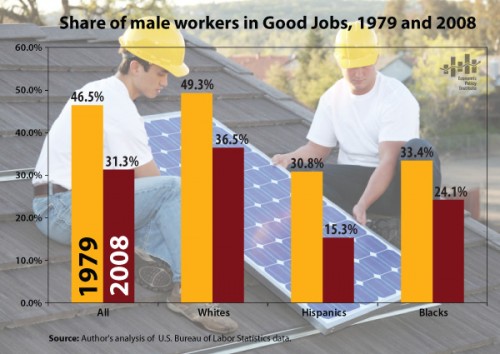
Notice the clear decrease in the % of men in each group in good jobs between 1979 to 2008. The racial pattern is also striking, if not surprising, with Black and Hispanic men being significantly less likely to have a good job than White men in both 1979 and 2008. Notice the particularly large gap between White and Hispanic men in 2008–over 20 percentage points.

